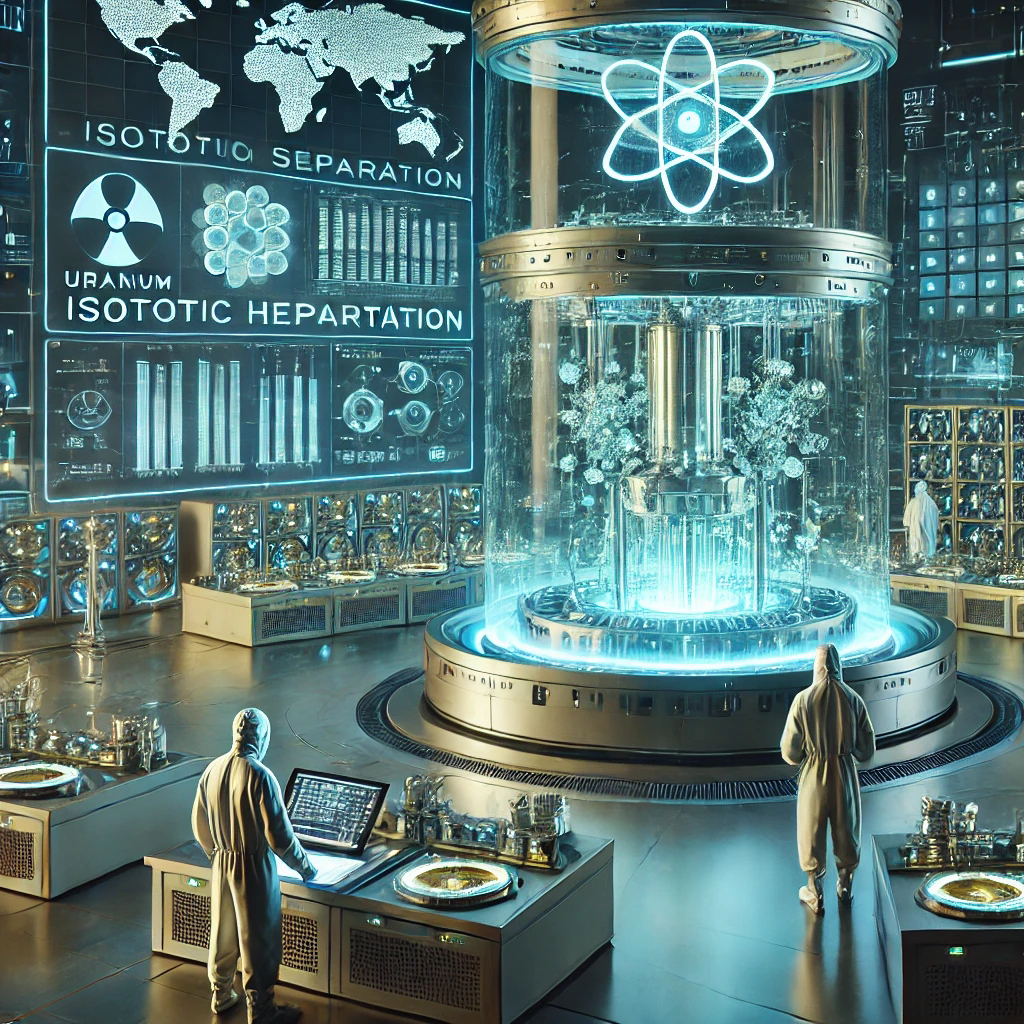Hi there, dreamers and deep thinkers,
Let’s dive into a topic that might sound intimidating at first but is truly fascinating when you break it down—uranium enrichment. Whether you’re here out of sheer curiosity or trying to grasp what fuels nuclear energy (and debates), you’re in the right place. Don’t worry; we’ll keep it conversational and clear, making the heavy stuff feel light.
What Is Uranium Enrichment?
Uranium enrichment is the process of increasing the percentage of a specific isotope, uranium-235, in natural uranium. Why does this matter? Because uranium-235 is the stuff that can sustain a nuclear chain reaction, making it critical for both energy production and nuclear weapons. Natural uranium is about 99.3% uranium-238 (non-fissile) and just 0.7% uranium-235, so we need to boost the latter for practical use.
Think of it as concentrating the active ingredient in a recipe while filtering out the filler. Without enrichment, natural uranium just doesn’t cut it for most nuclear applications.
Why Enrich Uranium?
Enriched uranium is essential for two main purposes: generating nuclear power and creating nuclear weapons. For power plants, we typically need low-enriched uranium (LEU), containing about 3-5% uranium-235. This level is sufficient to sustain a controlled reaction that produces energy.
On the flip side, weapons-grade uranium requires a much higher concentration—about 90% uranium-235. It’s this dual-use potential that makes uranium enrichment a hot-button issue in geopolitics.
The Science Behind Enrichment
Here’s the science in simple terms: uranium enrichment exploits the slight mass difference between uranium-235 and uranium-238 isotopes. Methods like gaseous diffusion and gas centrifugation separate the lighter uranium-235 atoms from the heavier uranium-238 ones. The goal is to isolate and concentrate the uranium-235.
Imagine sifting through sand with two slightly different grain sizes. The tools and techniques might be complex, but the principle boils down to separating the small, valuable bits from the rest.
Methods of Uranium Enrichment
1. Gaseous Diffusion
This method involves converting uranium into a gas called uranium hexafluoride (UF6). The gas is pushed through a series of membranes that allow lighter uranium-235 molecules to pass through faster than uranium-238. Over time and many repetitions, the concentration of uranium-235 increases.
While effective, gaseous diffusion is energy-intensive and has largely been phased out due to its inefficiency. Think of it as the bulky, old-school approach—functional but far from sleek.
2. Gas Centrifugation
Gas centrifugation is the modern, more efficient method. It spins uranium hexafluoride gas at incredibly high speeds in a cylindrical centrifuge. The centrifugal force pushes the heavier uranium-238 toward the edges, leaving uranium-235 more concentrated near the center.
This process requires less energy and is more precise, making it the preferred method today. If gaseous diffusion is like a steam engine, centrifugation is a Tesla.
Who’s Enriching Uranium?
Enrichment facilities are tightly controlled, and only a handful of countries have the technology and infrastructure. Nations like the United States, Russia, and China lead the pack, while others like Iran and North Korea make headlines due to the potential military applications.
International bodies like the International Atomic Energy Agency (IAEA) monitor uranium enrichment to prevent misuse. It’s a balancing act—supporting peaceful nuclear energy while keeping weapons-grade material out of the wrong hands.
The Debate: Energy vs. Weapons
Here’s where things get tricky. Nuclear power is a low-carbon energy source, making it attractive in the fight against climate change. But the same enrichment process that fuels reactors can also produce material for nuclear weapons. This dual-use nature fuels global debates over nuclear nonproliferation.
Countries argue for their right to enrich uranium for energy independence, but others worry about the risk of weapons development. It’s like owning a knife—useful in the kitchen but dangerous in the wrong hands.
The Role of Nonproliferation
Nonproliferation treaties aim to limit the spread of nuclear weapons while allowing peaceful uses of nuclear technology. The Treaty on the Non-Proliferation of Nuclear Weapons (NPT) is the cornerstone of these efforts. Under the NPT, non-nuclear-weapon states agree not to pursue weapons, and nuclear-weapon states pledge to disarm eventually.
Verification and inspections by the IAEA play a key role in enforcing these agreements. It’s a bit like having a referee to ensure everyone plays by the rules, even if not everyone always agrees with the calls.
Challenges and Risks
Uranium enrichment isn’t without its challenges and risks. The technology is complex and expensive, requiring significant investment and expertise. Beyond the technical hurdles, there’s the ever-present danger of proliferation—countries or groups using enriched uranium for nefarious purposes.
Accidents or sabotage at enrichment facilities could also pose safety and environmental risks. While rare, these scenarios highlight the need for robust security measures.
The Future of Uranium Enrichment
As the world transitions to greener energy sources, the role of nuclear power—and by extension, uranium enrichment—remains under scrutiny. Advances in technology may make enrichment safer and more efficient. Alternatives like thorium reactors or fusion energy could also reduce reliance on uranium altogether.
However, until these technologies are fully realized, uranium enrichment will remain a critical (and controversial) piece of the energy puzzle. It’s both a blessing and a curse—powerful, yet fraught with complexity.
Final Thoughts
So, there you have it—a straightforward look at uranium enrichment. It’s a process that sits at the intersection of science, politics, and ethics. Whether it’s powering cities or sparking global debates, uranium enrichment is a topic that demands attention and understanding.
Stay curious.




